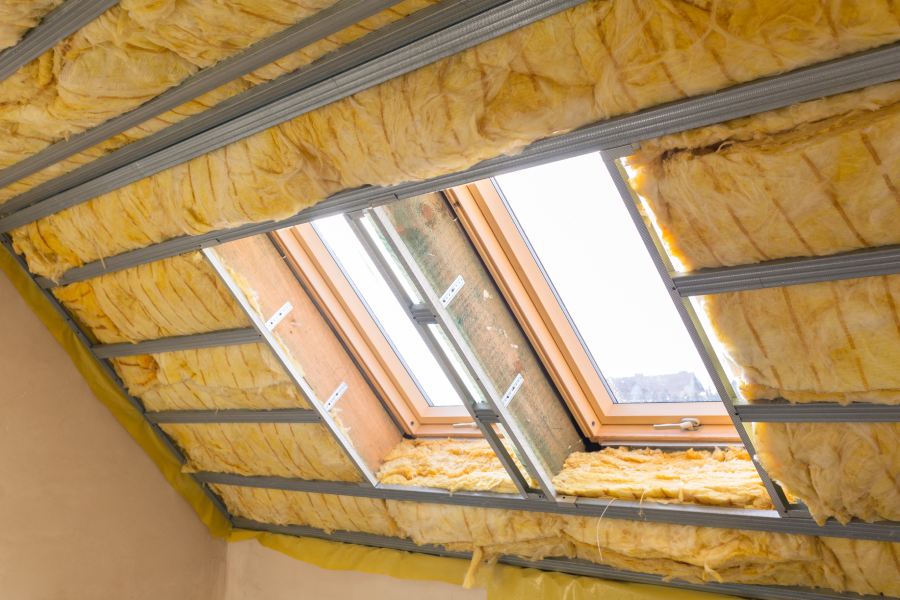Insulation plays a crucial role in maintaining comfortable indoor temperatures and reducing energy consumption. Traditionally, materials such as fiberglass, cellulose, and spray foam have been used for insulation purposes. However, in recent years, foam board has emerged as a potential alternative. In this article, we will delve into the question: Can foam board be used instead of insulation?
Understanding Foam Board:
Foam board, also known as rigid foam insulation, is a lightweight material composed of polystyrene or polyisocyanurate. It comes in various thicknesses and can be easily cut to fit specific areas. Foam board is known for its excellent thermal resistance, moisture resistance, and durability. These properties make it an attractive option for insulation projects.
Benefits of Foam Board:
- Thermal Performance: Foam board offers high thermal resistance, effectively preventing heat transfer through walls, roofs, and floors. Its closed-cell structure minimizes air infiltration, reducing energy loss and enhancing energy efficiency.
- Moisture Resistance: Unlike some traditional insulation materials, foam board is resistant to moisture absorption. This characteristic helps prevent mold growth and maintains the integrity of the insulation over time.
- Versatility: Foam board can be used in various applications, including walls, roofs, foundations, and even under concrete slabs. Its versatility allows for easy installation in both new construction and retrofit projects.
- Space Efficiency: Foam board insulation typically requires less space compared to other insulation materials. This advantage is particularly beneficial in areas with limited room for insulation, such as retrofitting existing walls.
Considerations and Limitations:
While foam board offers numerous advantages, it is important to consider certain limitations before using it as a substitute for traditional insulation materials:
- Cost: Foam board insulation can be more expensive upfront compared to other options. However, its long-term energy-saving benefits may offset the initial investment.
- Fire Safety: Foam board is combustible and should be covered with a fire-resistant material, such as gypsum board, to meet building code requirements.
- Environmental Impact: Foam board is made from petroleum-based materials, which raises concerns about its environmental impact. However, some manufacturers offer eco-friendly options made from recycled materials.
Conclusion:
Foam board can be a viable alternative to traditional insulation materials, offering excellent thermal resistance, moisture resistance, and versatility. Its space efficiency and durability make it an attractive option for various applications. However, factors such as cost, fire safety, and environmental impact should be carefully considered before making a decision. Consulting with a professional insulation contractor can provide valuable insights and ensure the best choice for your specific needs.


